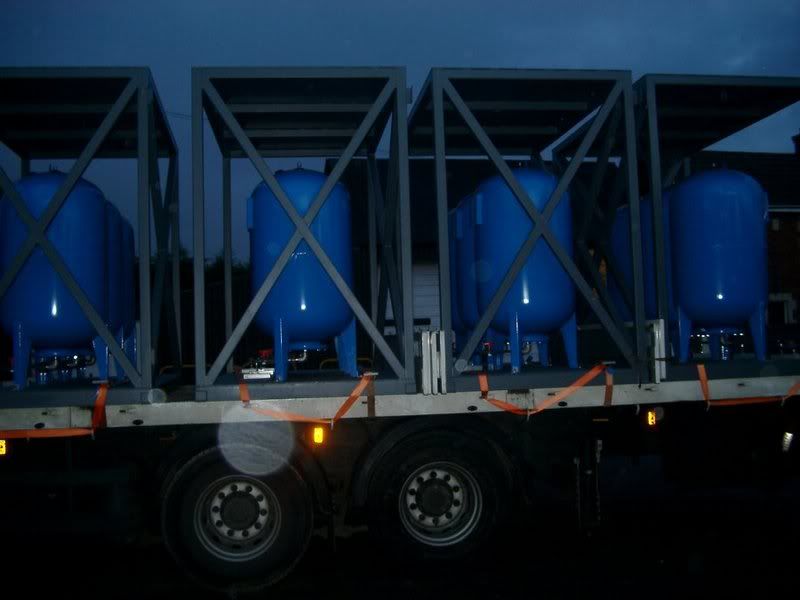The GAH unit is well made and designed for your purpose.
The 500 litre size is the optimum in terms of price and performance. If you fit a smaller unit you may exhaust it on occasional heavy use and believe me, the difference between what you have now and after fitment will be very noticeable indeed.
The siting of the unit near to the boiler will depend on the heat loss from the boiler, newer units are much better in this respect. Bear in mind that in the summer most people's cold water storage tanks are in very hot locations.
Good practice says that wherever possible take the kitchen tap feed off prior to the NRV fitted to the accumulator circuits.
There are cases where the use of an electric pump set are the only viable option, but if you have 2bar static then you don't need it. Bear in mind 2bar is 29PSI!
We fit an awful lot of these and have been doing so for some years, in contrast to many others on this forum. We have not had a single accumulator failure. Those thinking of standard expansion vessel reliability may be forgetting the temperatures exposed to a cold water system are very different.
The GAH system uses components in production for many years in borehole applications in the USA; their cold water is very similar to ours
Unfortunately Simond has a vested interest in GAH, and as he says he has fitted loads and therefore no-one else is an authority on them.
We don't fit loads Simon, we fit hundreds, and know a little bit, see pics



